Lots of credits to the answers here, but here's a complete example with the useNetInfo React Hook triggering when the state will change, Alert to inform the user, and displaying View with some text to the user.
import { useNetInfo, NetInfoState } from "@react-native-community/netinfo";
import {
Alert,
StyleSheet,
Text,
View,
} from "react-native";
...
const internetState: NetInfoState = useNetInfo();
...
useEffect(() => {
if (internetState.isConnected === false) {
Alert.alert(
"No Internet! ❌",
"Sorry, we need an Internet connection for MY_APP to run correctly.",
[{ text: "Okay" }]
);
}
}, [internetState.isConnected]);
...
if (internetState.isConnected === false) {
return (
<View style={styles.centered}>
<Text style={styles.title}>
Please turn on the Internet to use MY_APP.
</Text>
</View>
);
}
...
const styles = StyleSheet.create({
centered: {
alignItems: "center",
flex: 1,
justifyContent: "center",
},
title: {
fontSize: 20,
fontWeight: "bold",
textAlign: "center",
},
});
PS. I couldn't succeed to include it in App.tsx or navigation/index.tsx to avoid code duplication. Next try, I've included the logic in every screen. For the App.tsx or navigation/index.tsx case, whenever internet was back, the user was redirected to the starting screen of the app, which is not what I wanted. I wanted, when the internet is back, to be back on the screen where the user ended. With the logic in multiple screens, multiple alerts are being fired :( Finally, I've included the Alert-related logic in App.tsx, whereas the View with information about no internet in each screen. The Alert pops up only once, but it'd be the best to avoid code duplication, too, regarding the View. Please feel free to post an update, if you know how to do it from 1 location of the codebase in the application. It'd be so much appreciated!

